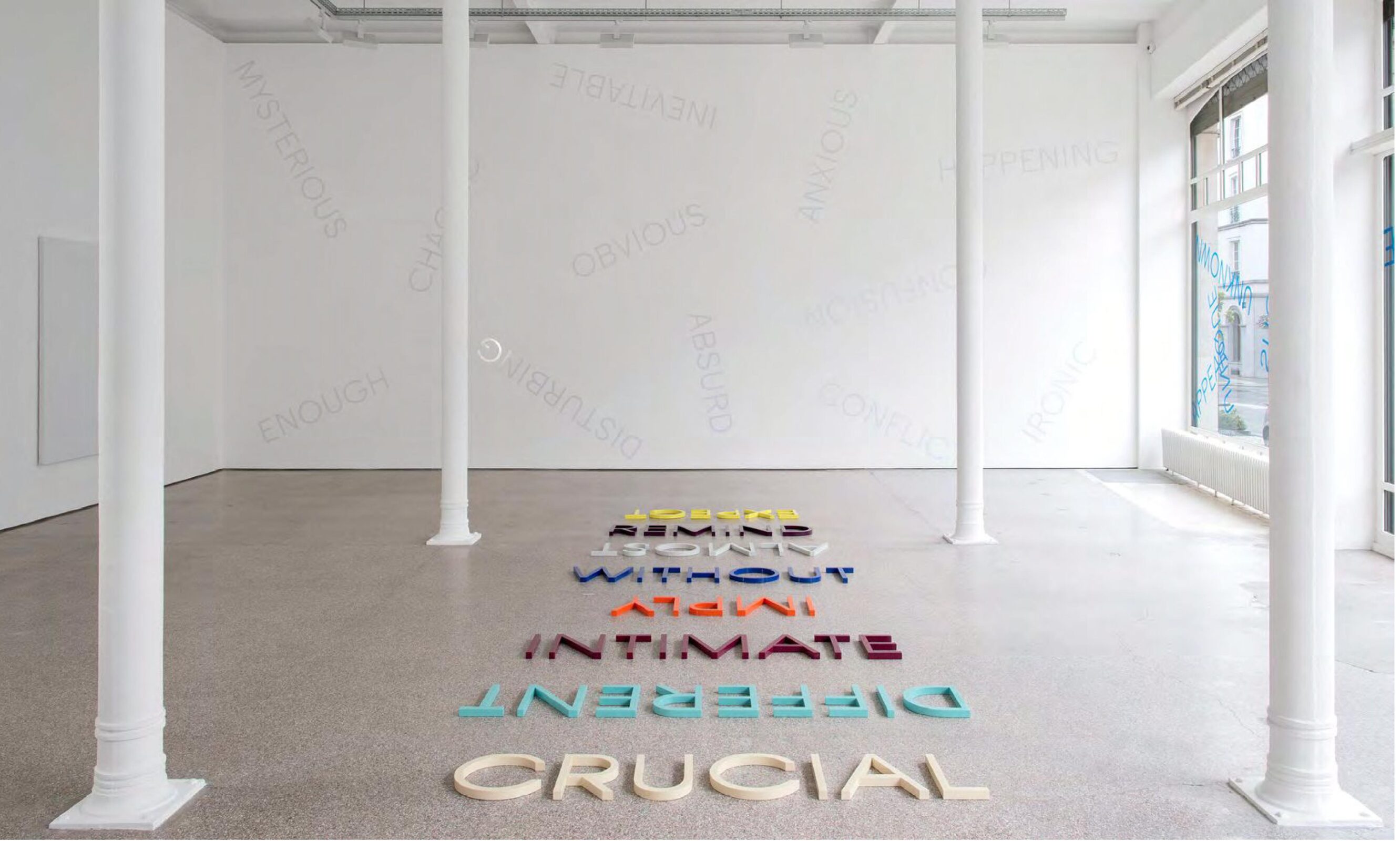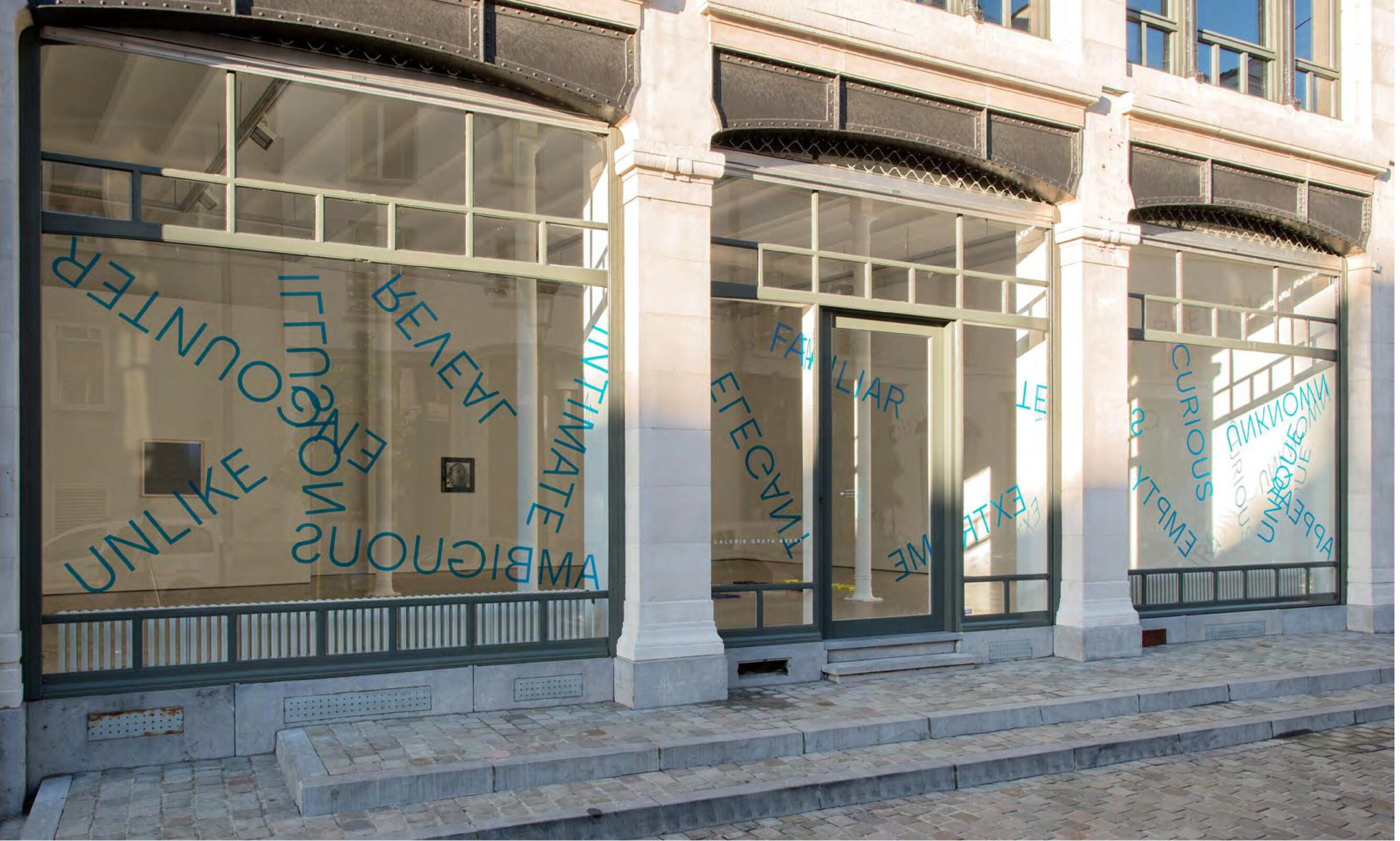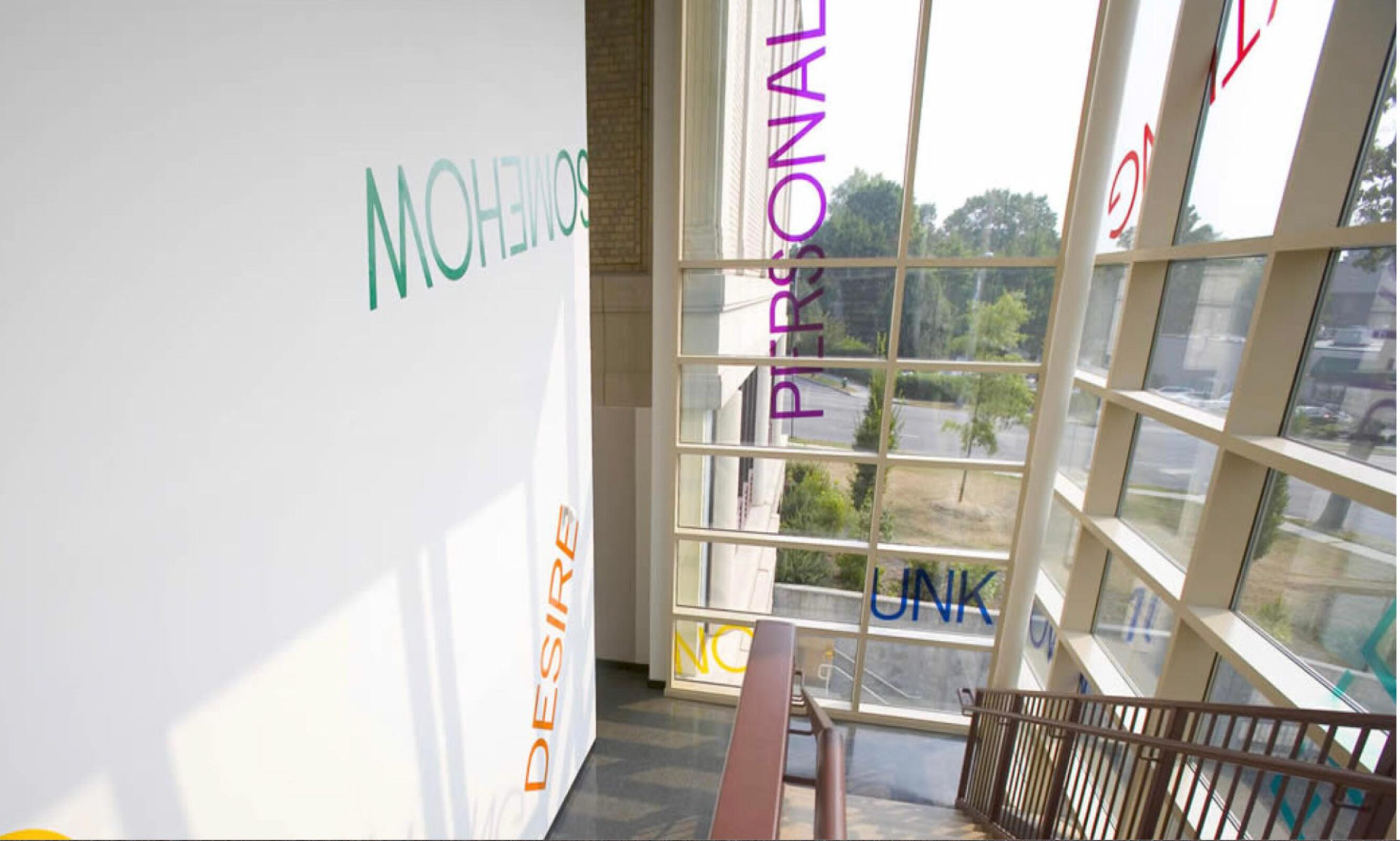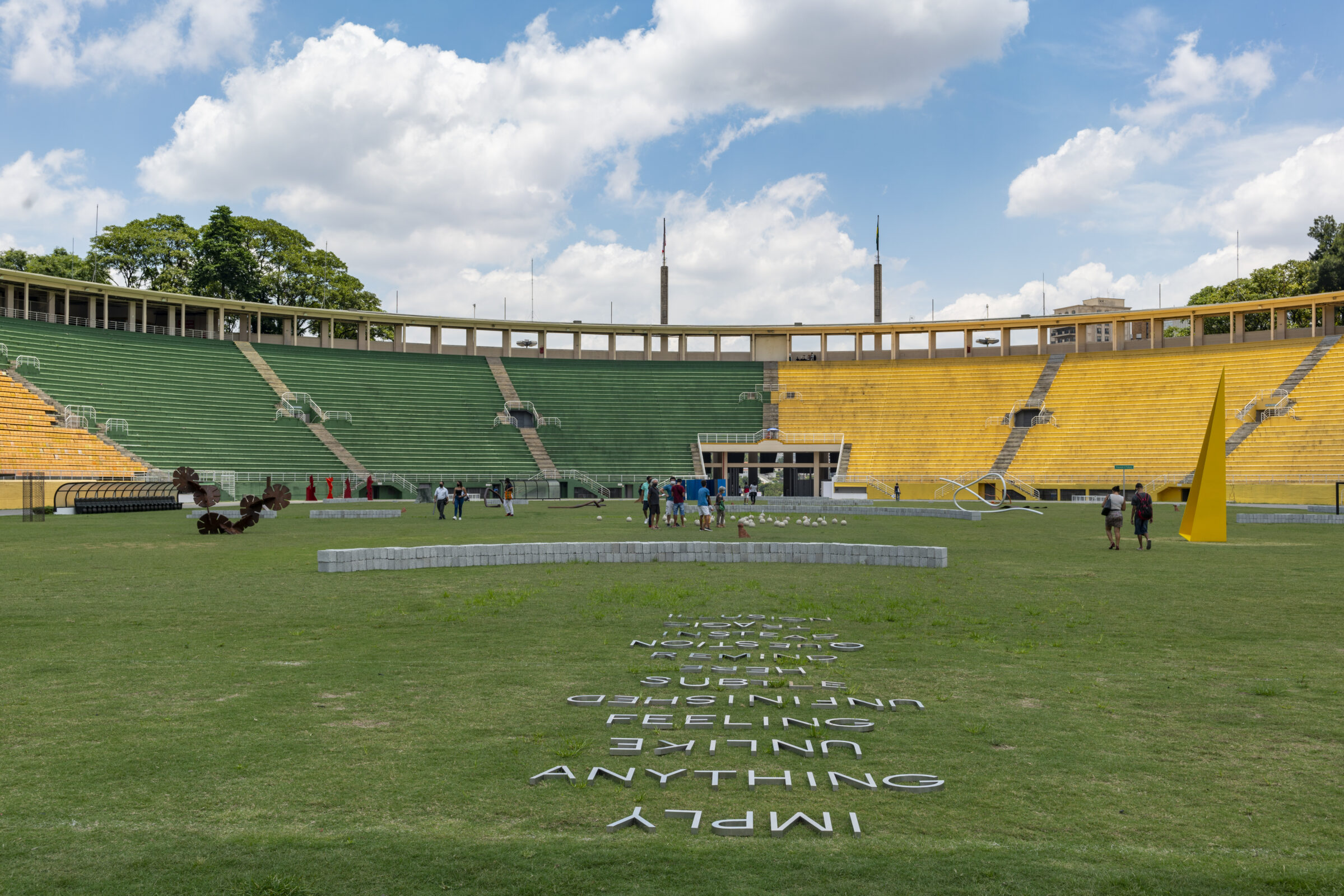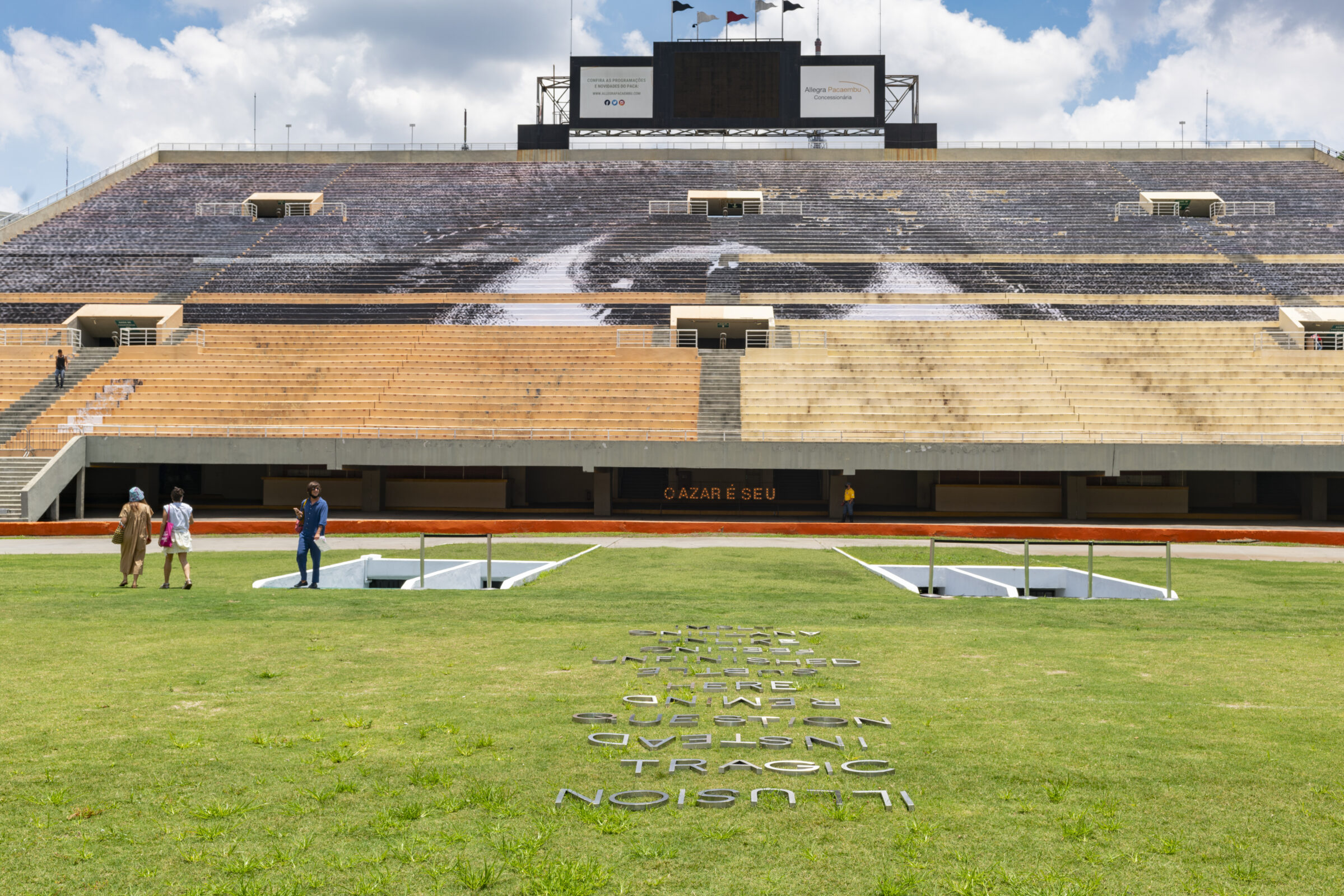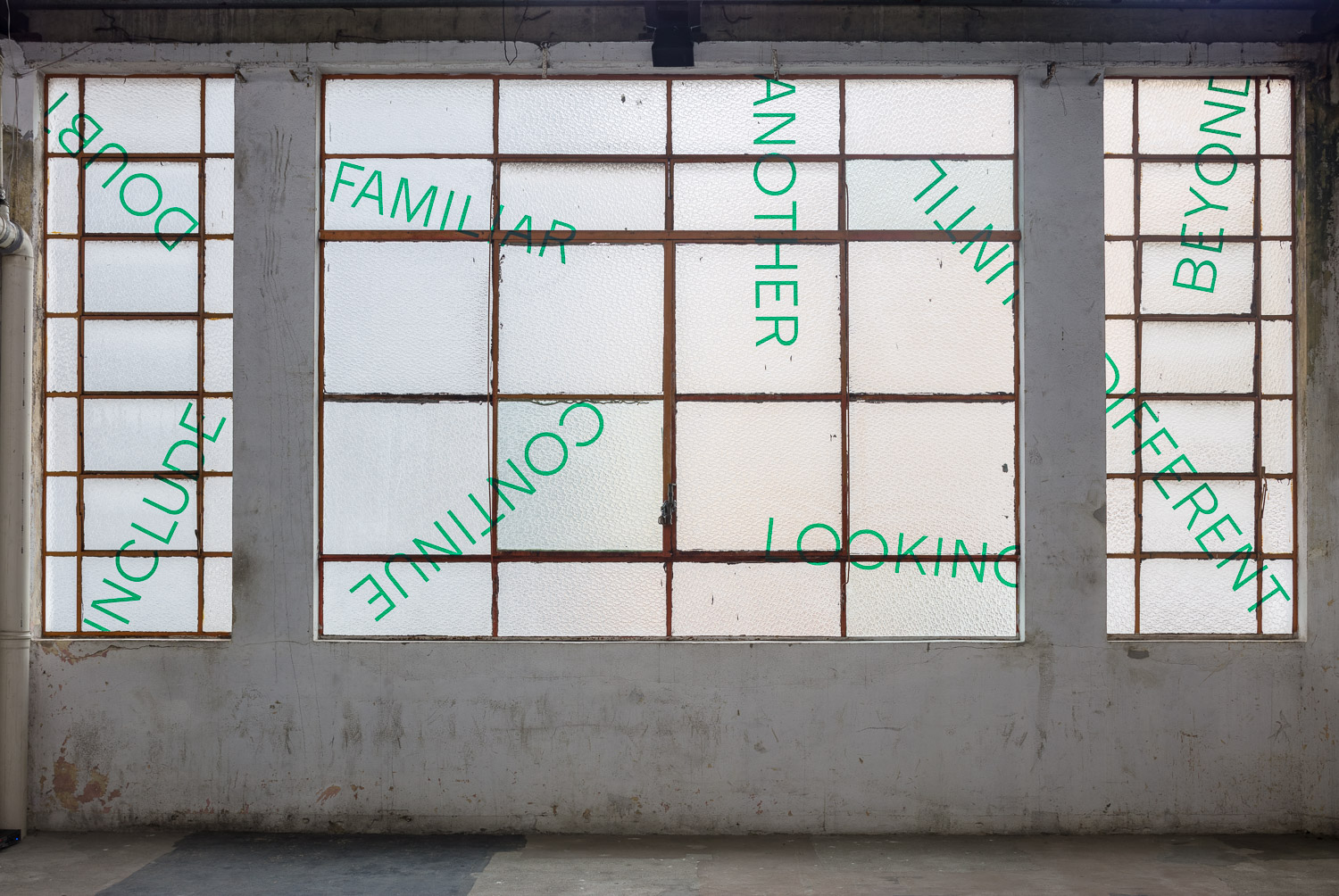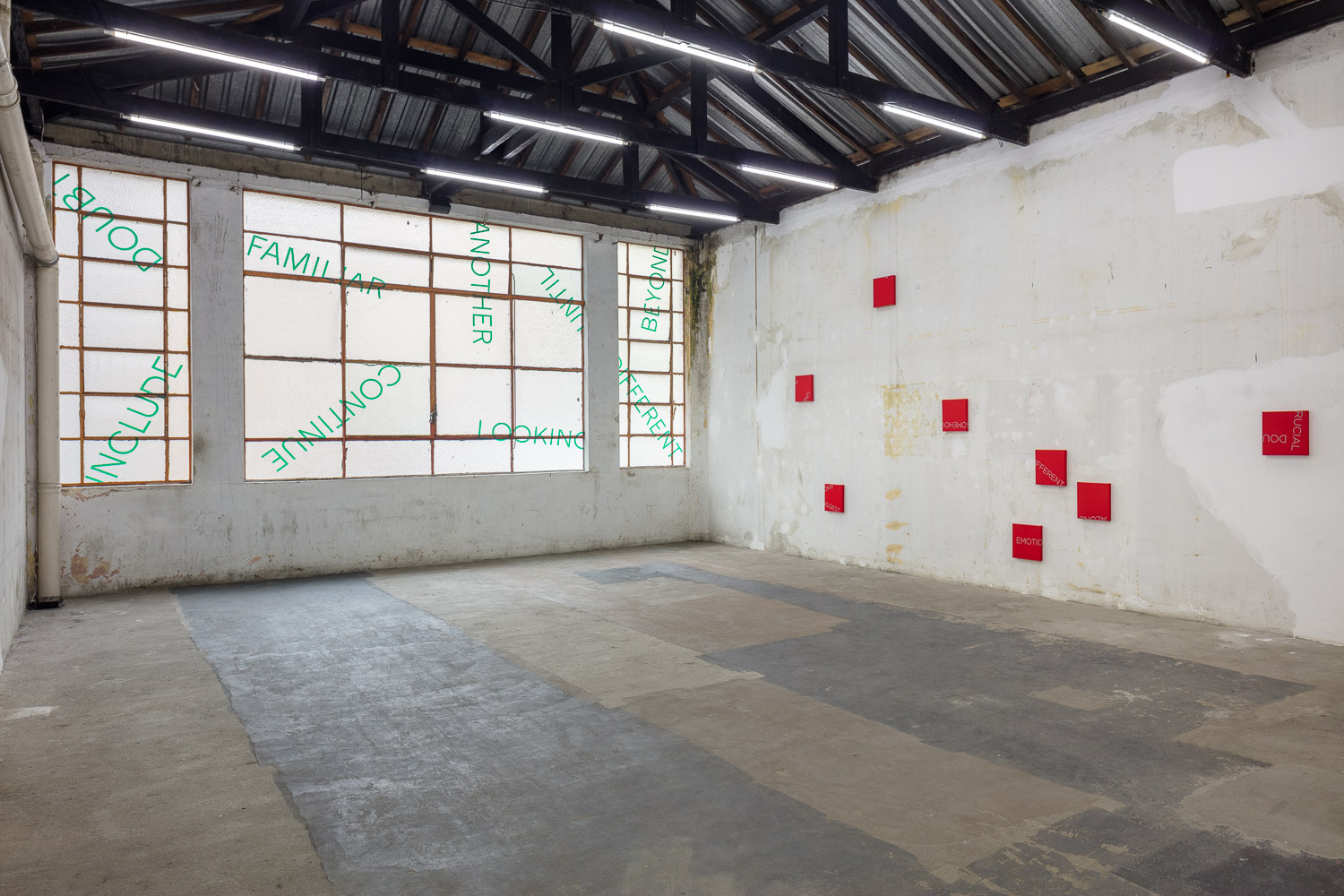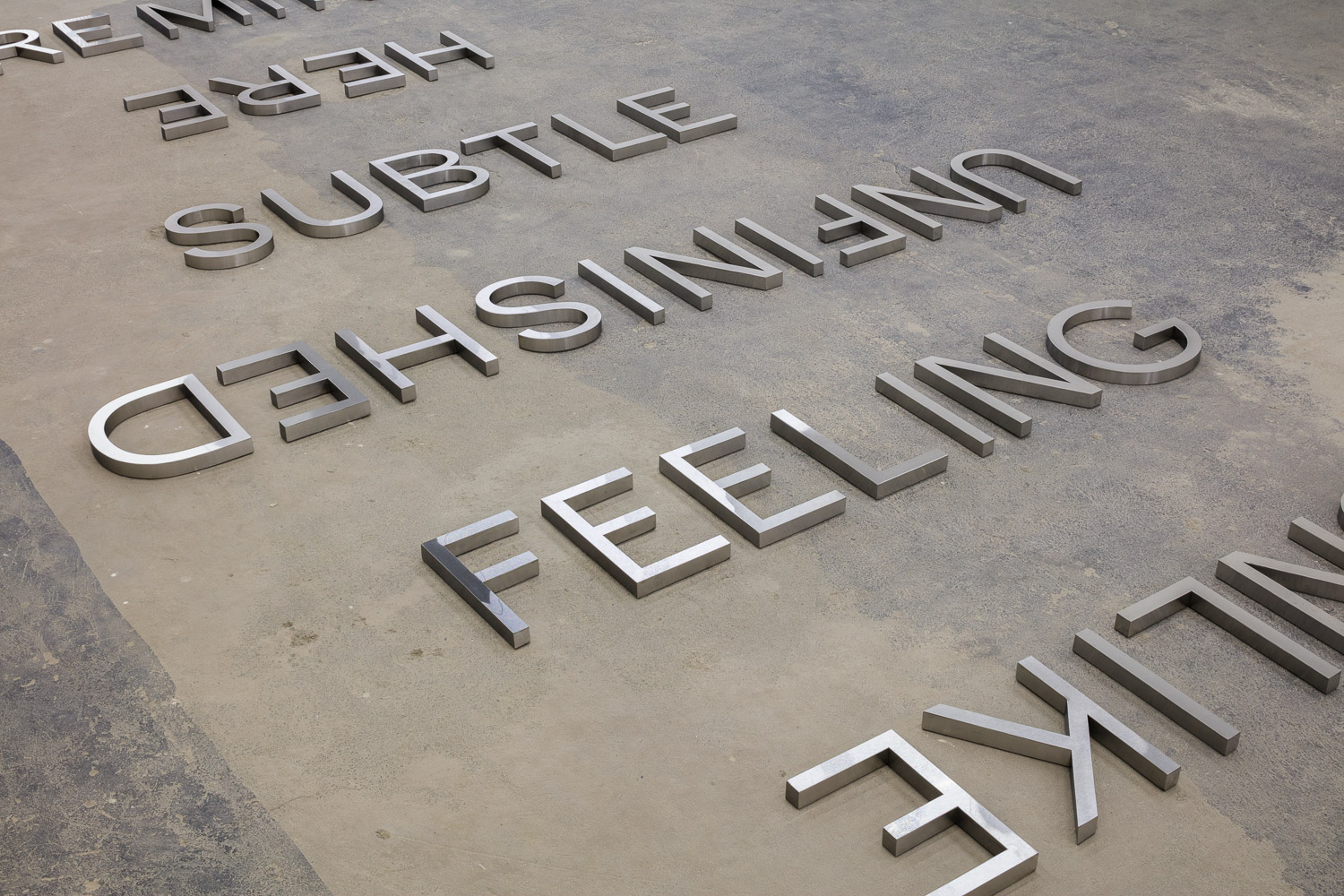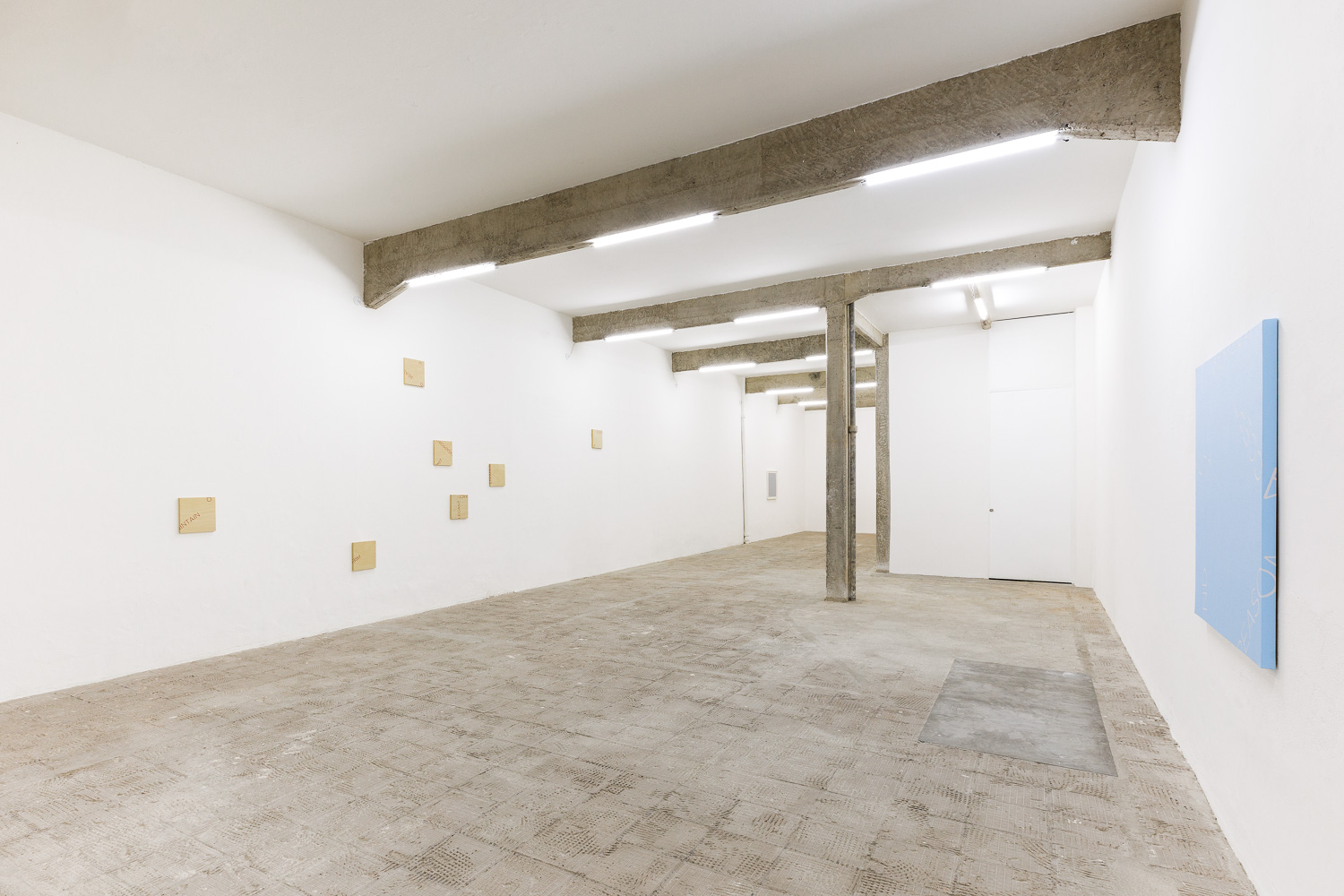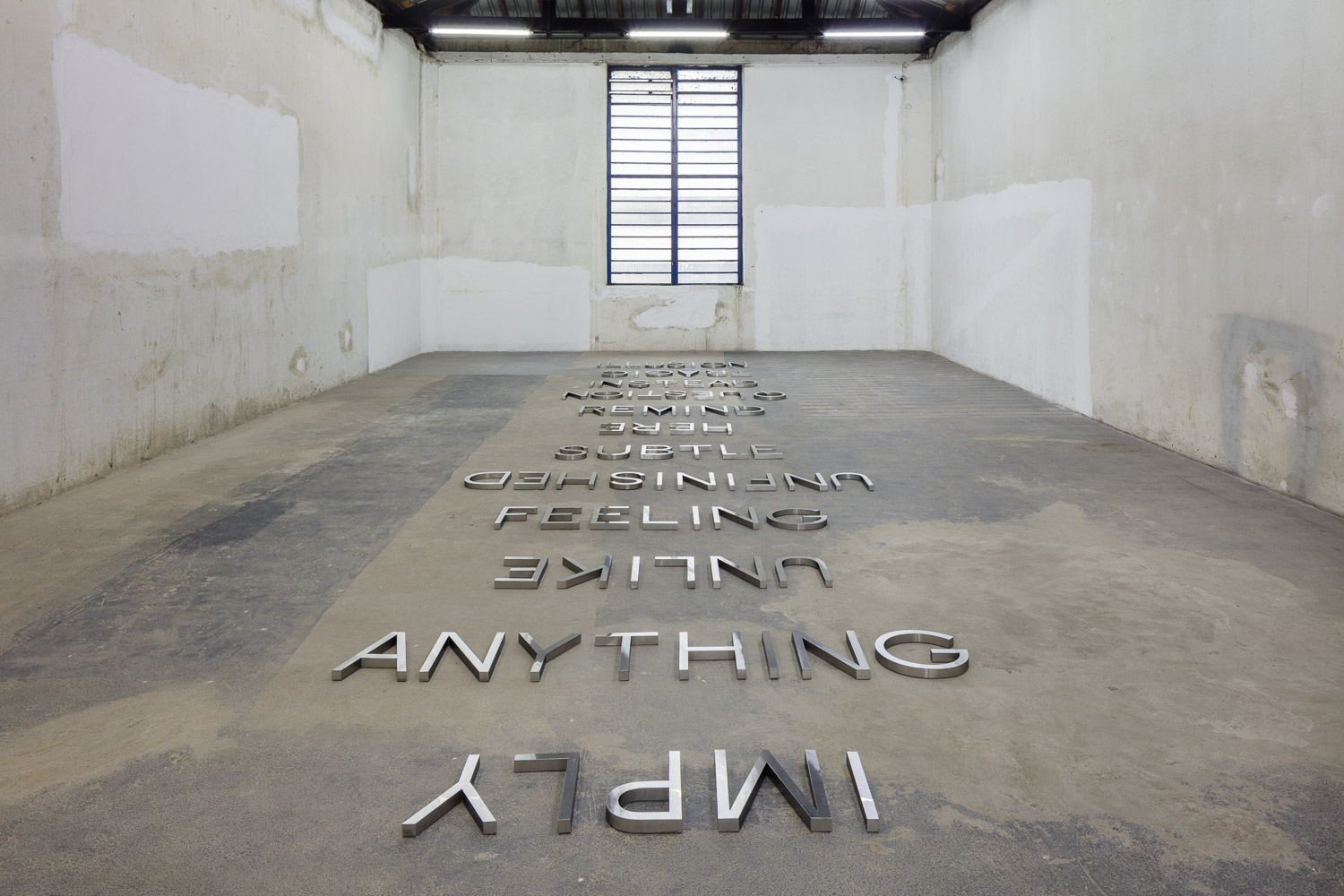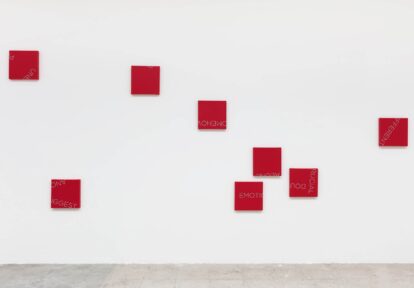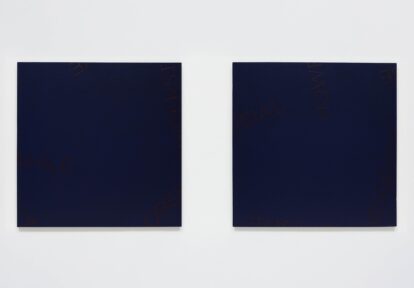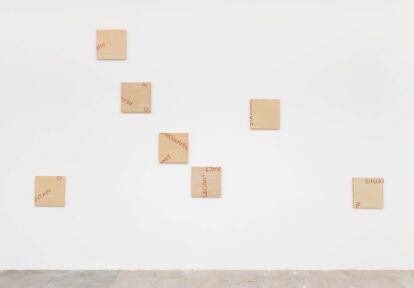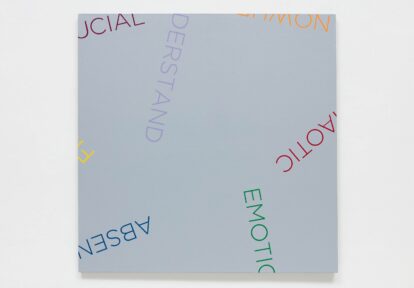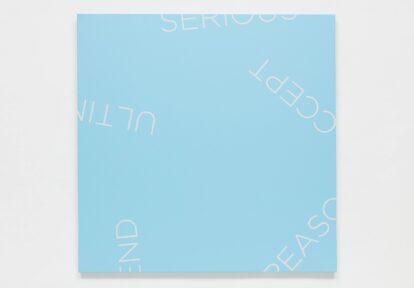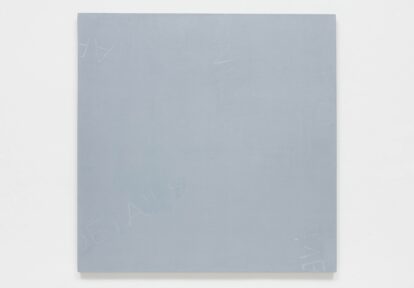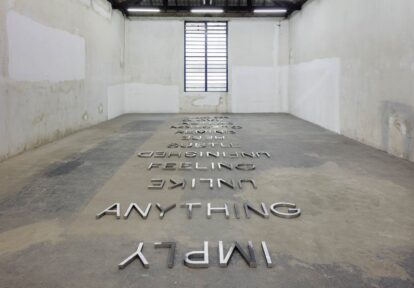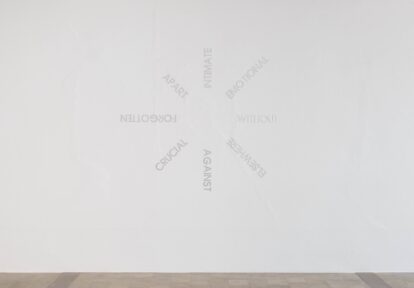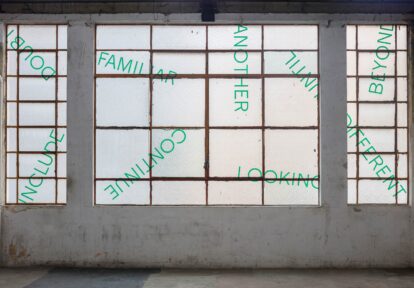New York, USA, 1936 \ Lives and works in New York
Robert Barry is, since the mid-1960s, one of the most important names in North American conceptual art.
After beginning his career with works that presented groups of monochromatic paintings in such a way that they could enhance the exhibition space’s characteristics, Robert Barry completely abandoned conventional painting by 1967 and started a brief series of installations made of transparent nylon cords, inert gases, radiation, and electromagnetic energy. All invisible materials through which the artist aligned himself with the quest for the “dematerialization of the art object”, one of the main ideas that drove the development of 1960s conceptual art.
In 1969, in another radical change, Barry abandoned his series of invisible works (convinced that they were still related to a physical and measurable dimension) and began to incorporate texts into his art, aiming to connect more directly with the spectators and to create a dynamic in which every thought or reaction coming from the public in relation to the artist’s texts would become part of the work. Since then, it was through this textual language, its graphic and communicative power that Barry’s work developed and made him (along with names like Lawrence Weiner, Ed Ruscha, John Baldessari, and Mel Bochner) one of the great North-American conceptual artists to work with the many potentialities inside the written text.
In his 55-year career, Robert Barry has participated in exhibitions inside galleries and institutions across Europe, the United States, and Asia. His work is in renowned collections, including the Guggenheim Museum (New York), MoMA (New York), Stedelijk Museum (Amsterdam), Kunstmuseum Basel (Switzerland), Center Georges Pompidou (Paris), Sammlung Ludwig Collection (Cologne), Museum of Contemporary Art (Los Angeles), among others.
